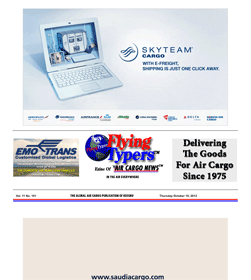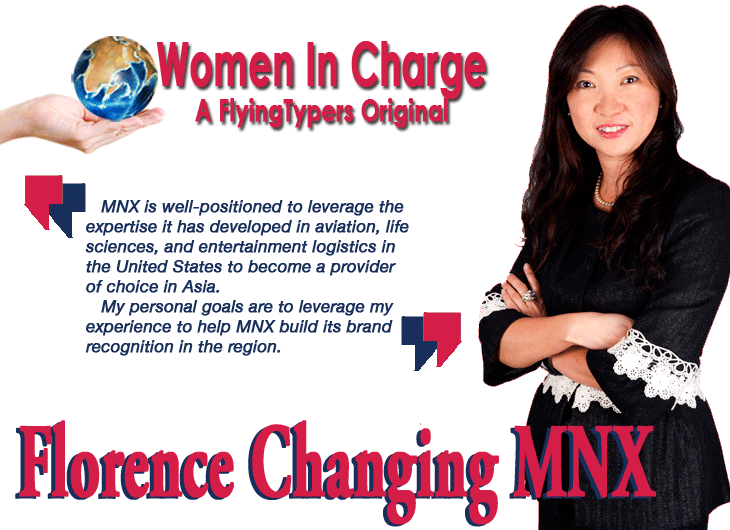 |
Talk
about the best and the brightest
. . . Florence Lee shines after
her appointment as MNX Regional
Director Sales & Customer Service
for Asia Pacific this past summer,
indicating equality is coming to
Asia’s logistics and transport
industry.
Lee
was recruited by MNX from DHL, where
she was Asia Pacific customer manager
for the life sciences, engineering,
and manufacturing sectors. With
ten years experience in the supply
chain industry, she is now charged
with expanding the expedited logistics
service provider’s sales and
customer service infrastructure
across the region. What’s
more, she has stepped up and met
the challenge.
“In
the past, most of the businesses
conducted in Asia by MNX were in
support of our multinational customer
base from Europe and the Americas,”
she said.
“Today,
we’re seeing many of these
multinationals basing their regional
HQ or even their global HQs in Asia.
And we’re seeing many ‘home-grown’
Asian companies expanding domestically,
throughout intra-Asia, and globally,
which represents new market opportunities
for MNX.
“MNX
is well-positioned to leverage the
expertise it has developed in aviation,
life sciences, and entertainment
logistics in the United States to
become a provider of choice in Asia,”
she said.
“My
personal goals are to leverage my
experience to help MNX build its
brand recognition in the region.”
MNX
has been recording double-digit
growth rates in Asia in recent years,
but the region still only contributes
five percent of annual revenue.
The company is now expanding its
footprint by quadrupling its investments
in the next 3-5 years and the appointment
of key executives such as Lee is
viewed as critical in that process.
“The
perception within Asia right now
is that MNX is primarily a specialist
courier who only offers Next-Flight-Out
and Hand-carry services,”
she said. “However, MNX offers
much more than that. MNX has the
ability to meet any customer’s
logistics needs: customizing services
to satisfy required transit times,
budget, terms-of-trade, inventory
management and distribution, and
fulfillment.”
“In
three to five years, I expect Asia
Pacific to contribute over 30 percent
of the global MNX group revenues.”
In
addition to Singapore, MNX has plans
to rapidly expand operations across
the region as it moves to become
a wholly owned operating structure.
The company currently has operations
in Taiwan, Thailand, the Philippines,
Malaysia, South Korea, Hong Kong,
Australia, and Vietnam, and offices
in Japan and India are due to open
by the end of 2012.
Lee
admits that after university graduation,
she had no desire to pursue a career
in the logistics field.
 |
After
several stints in various sales
positions, she was looking to move
into a role that offered more challenging
opportunities with a global reach.
The process started with IBM 15
years ago when she was tasked with
designing a workflow process to
manage the timely distribution of
new product samples in Asia Pacific.
“This
opened me up to a world of supply
chain management and distribution,
from manufacturing to final delivery,”
she said.
She
then became well established as
an executive of authority in the
life sciences field. The position
with MNX, she says, will enable
further career growth.
“From
a professional standpoint, all of
my previous positions have been
very focused on developing a global
logistics network for a single industry
sector (Life Sciences). This opportunity
with MNX will allow me to further
develop professionally and broaden
my expertise into new market segments
like aviation, entertainment, and
media.”
She
admits the operations business of
the logistics industry is still
largely male dominated, but she
believes at its most basic level
as a service industry it offers
a good career for women.
“I
don’t think that it is any
more difficult for women to succeed
in the front-end sales and business
development part of the business,”
she said. “What we are selling
is confidence and trust, an enabler
for businesses to succeed and be
more productive.
“I
think that if you look at the business
in this frame, then neither gender
has a true advantage, and women
may even have a slight edge.
“When
I have customer meetings, I notice
that there are more women decision
makers out there.”
We
wonder if Florence would recommend
the sector to women in her own family;
she says each individual should
pursue their own passion.
“If
that passion is in services, in
particular services tailored to
helping businesses excel at what
they do best, then yes.
“Cartons/boxes,
containers, trucks, ships, and planes
are generally found in a boy’s
toy box, but these are also usually
associated with logistics. However,
to me, these are tools in the logistics
business to help others get their
stuff from one point to another
in the desired time and condition.
“The
real engine behind the movement
of goods/stuff from one point to
another is a whole lot of people
who have an eye for detail, a keen
sense of observation, and an adaptive
attitude.
“If
a woman has what it takes, why not?”
SkyKing |


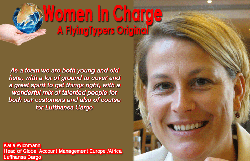
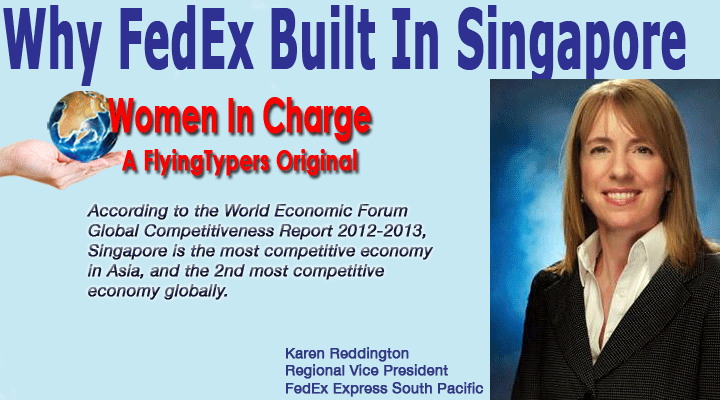
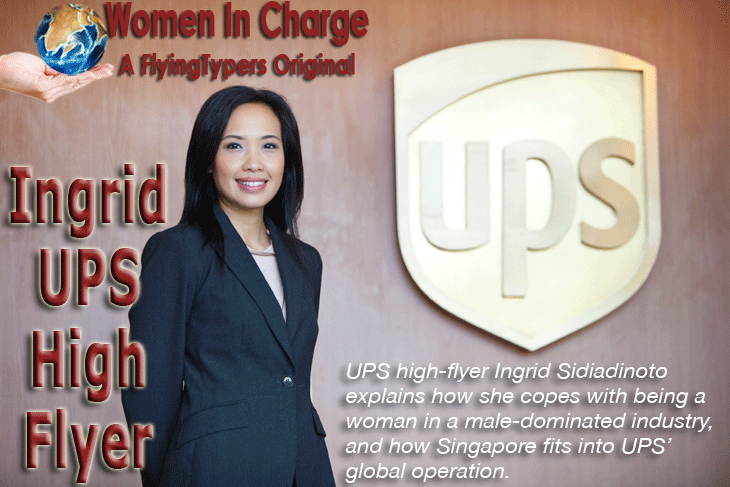 Ingrid
Sidiadinoto
Ingrid
Sidiadinoto

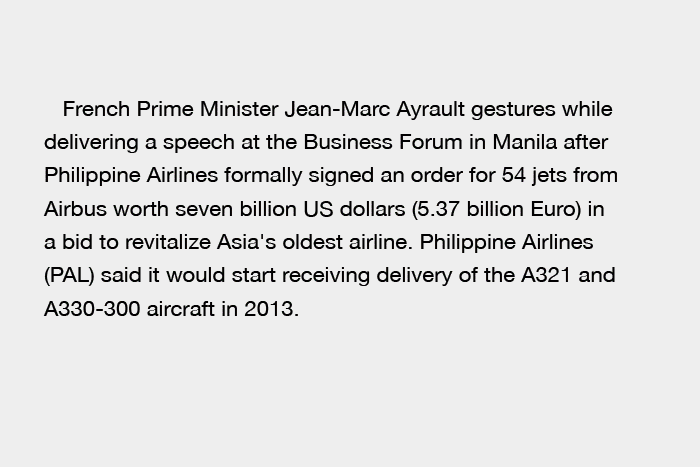





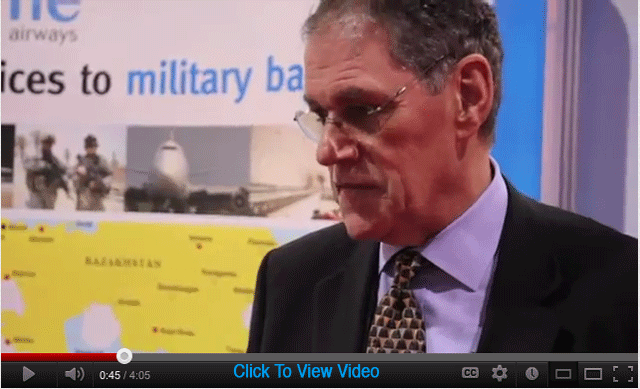 Larry
Coyne
Larry
Coyne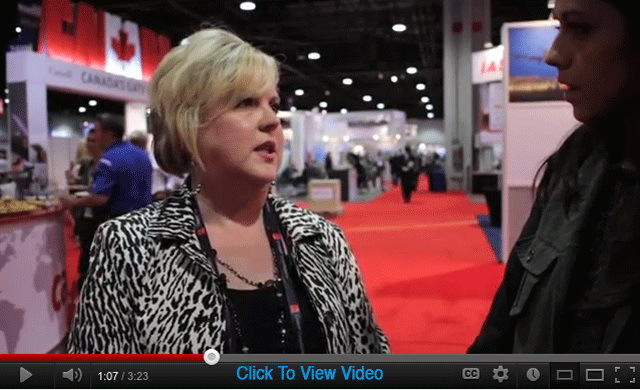 Nancy
Childers
Nancy
Childers An
Antonov AN 225, the world's largest
air freighter, lands at Leipzig/Halle
Airport in Leipzig with the city
skyline as backdrop.
An
Antonov AN 225, the world's largest
air freighter, lands at Leipzig/Halle
Airport in Leipzig with the city
skyline as backdrop.
